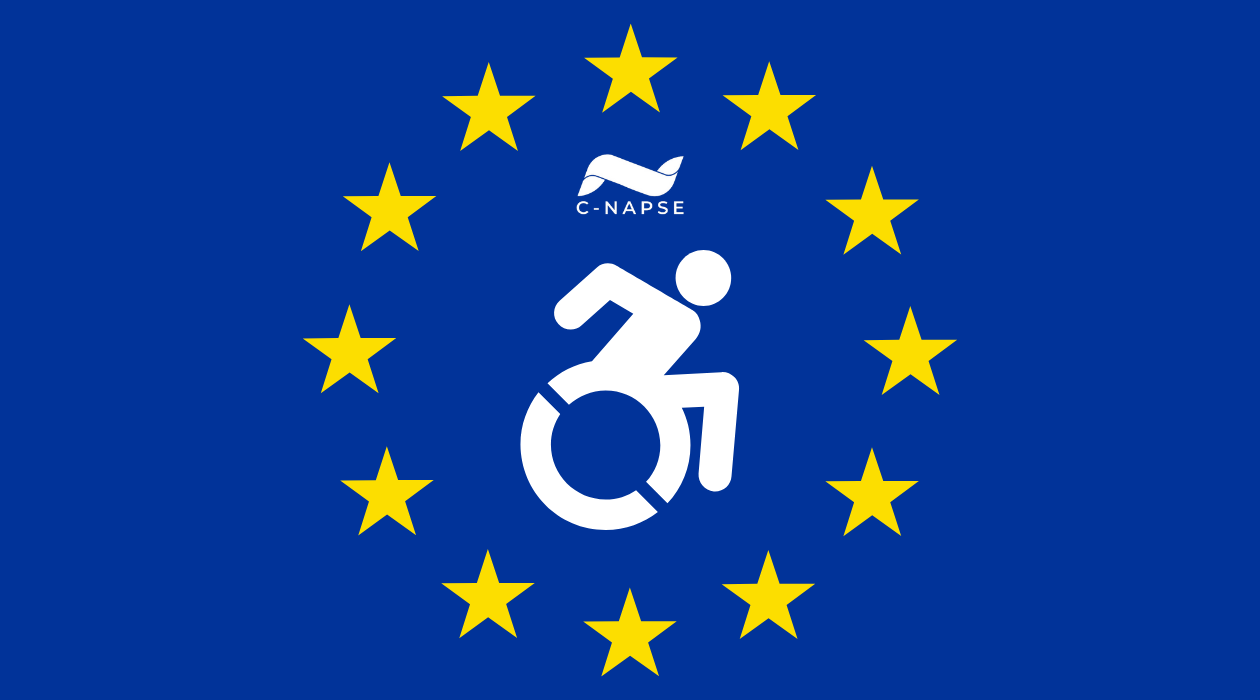
As the June 2025 deadline for the European Accessibility Act (EAA) approaches, Portuguese Small and Medium-sized Enterprises (SMEs) are preparing for significant changes in accessibility requirements for their digital and physical offerings. This new legislation aims to create a more inclusive environment for individuals with disabilities across the European Union (EU). C-NAPSE is committed to supporting Portuguese SMEs in this transition by providing 1) a clear understanding of the EAA in this article and 2) a practical checklist to ensure compliance in the succeeding article.
What is the European Accessibility Act (EAA)?
The European Accessibility Act (Directive (EU) 2019/882) is a landmark piece of legislation designed to harmonize accessibility standards across the EU. Unlike previous regulations primarily focused on the public sector, the EAA predominantly targets private sector businesses offering specific products and services. The goal is to remove barriers for people with disabilities, ensuring all have equal access to a wider range of goods and services in the EU market.
Who does it apply to?
As with all EU member states, the EAA will be transposed into Portuguese national law (currently: Decreto-Lei n.º 83/2018). While the specifics of the Portuguese implementation are still being finalized, the EU directive already indicates that the EAA generally applies to:
- Businesses with 10 or more employees and gross revenue exceeding €2 million
- All businesses trading within the EU
- If headquartered outside the EU, businesses must also comply if selling applicable goods or services within the EU
What products and services are relevant?
The EAA covers a broad range of products and services, including but not limited to:
- Digital: Websites, mobile applications, e-books, e-commerce platforms
- Services: Banking, electronic communications, passenger transport, consumer electronic equipment, access to audiovisual media services
What are the key requirements of the EAA?
Portuguese national regulations will provide specific guidance, but the EAA generally requires businesses to ensure that their covered products and services are designed and produced to be accessible for people with disabilities. This includes addressing:
- Functionality: Ensuring products and services can be used effectively by individuals with varying abilities
- Information: Providing clear, understandable information about each product or service and its accessibility features
- Technical Specifications: Adhering to relevant accessibility standards (e.g., parts of EN 301 549, which references the Web Content Accessibility Guidelines – WCAG 2.1 Level AA)
- Organizational Measures: Implementing accessibility training for employees and establishing processes for monitoring and maintaining accessibility
- Accessibility Statements: Publishing clear, comprehensive statements detailing the accessibility of products and services, including how they meet EAA requirements and contact information for any complaints
- Packaging and Labelling: Providing accessible information on product packaging and labels
Be sure to navigate to the next article in order to access our EAA checklist. Best wishes from the C-NAPSE team!